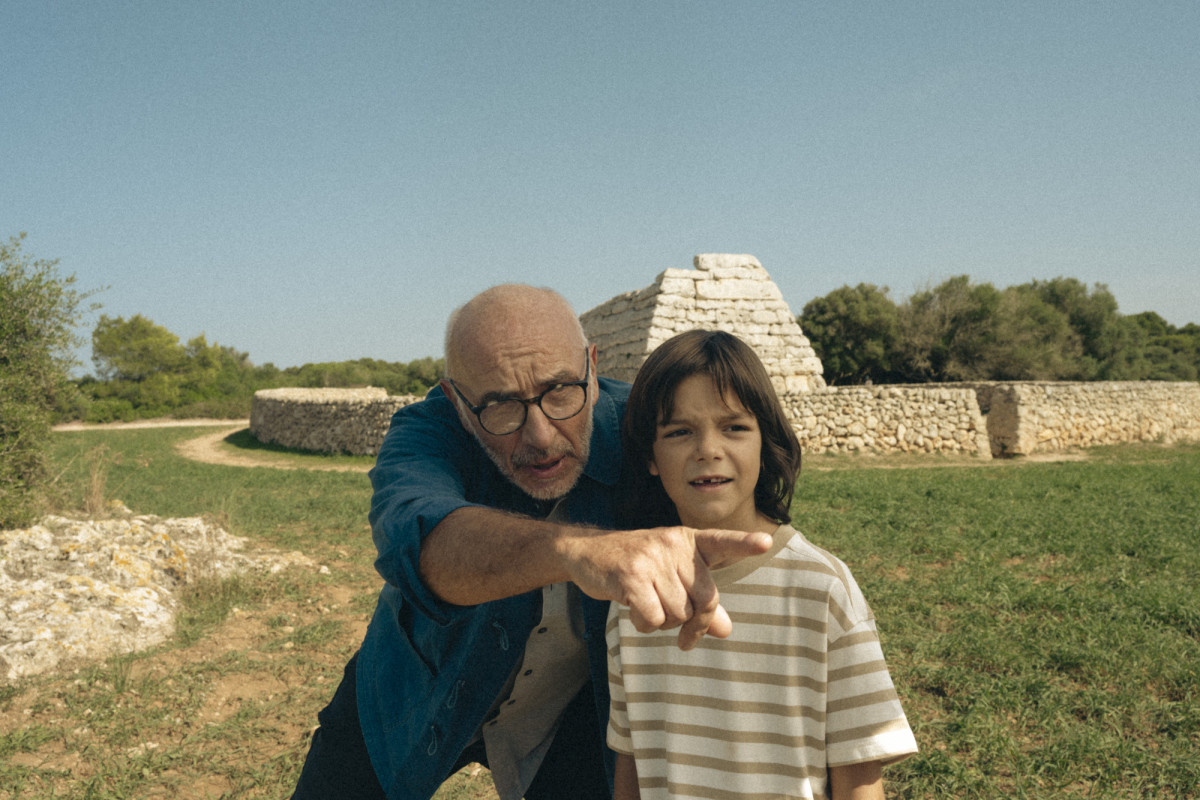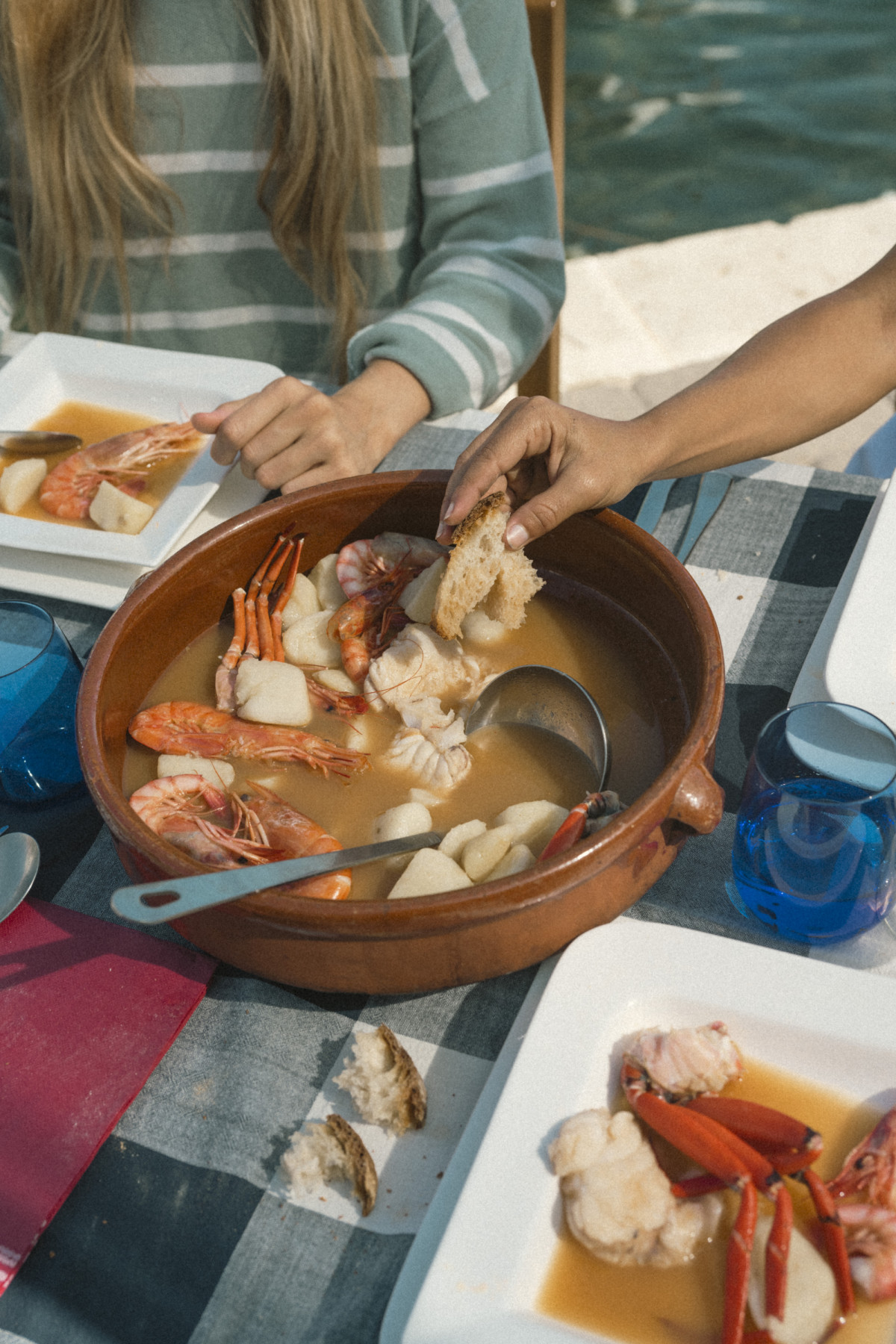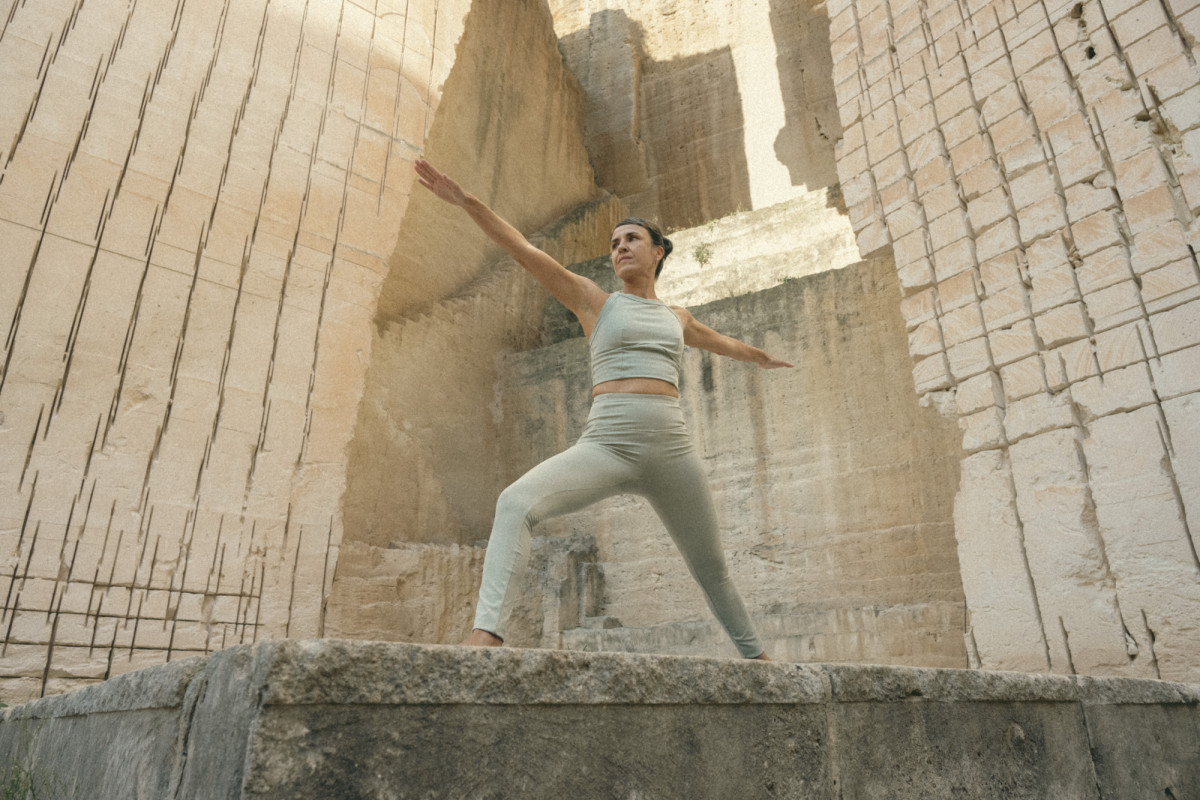Menorca: Culture for all the senses
13 November, 2024There is much more to Menorca than meets the eye. The island is cosmopolitan with a unique historical legacy. Its cultural heritage is imbued with the island’s particular character and is a permanent source of artistic inspiration; it is a culture that is to be enjoyed all year round.
To experience the island’s culture is to let yourself be carried away by your senses: to admire its stately architecture, to delight in listening to an opera, to surrender to the sound of live music played at concerts and festivals, to feel the anticipation when the curtain rises at the theatre, to marvel at works of art. Culture in Menorca is also about tasting the past and present in traditional dishes; it is about discovering local handicrafts; about visiting museums and immersing yourself in history.
‘Unique in the world’: this was the slogan selected for the proposal to include Talayotic Menorca in the UNESCO World Heritage list. The concept perfectly describes the singularity of Menorca’s prehistory; a period of time that spans 2200 years, from the arrival of the first settlers to the island (2300 BC) up to the Roman conquest (123 BC).

Nowadays, the Talayotic Menorca is in the UNESCO World Heritage list. The state of conservation of the monuments is excellent, and their density extraordinary: over 1500 archaeological sites have been inventoried on its 702 sq km, resulting in a density of 2 sites per square kilometre.
Menorca’s prehistory is unique for the simple reason there are two types of constructions that are to be found only on this island: taulas (imposing structures presumed to have a religious function) and burial navetas (collective burial chambers). These constructions appear nowhere else in the world!
The Museum of Menorca, being the most important cultural institution of the island, is an excellent starting point for visitors wishing to understand the history of Menorca.
It is located in what used to be Sant Francesc monastery and cloisters, built in the 17th - 18th century, and contains a permanent collection encompassing each and every period of Menorca’s history, from Talayotic times up to the 20th century. On display are some of the treasures from Menorca’s prehistory: a small bronze bull, a small statue of the Egyptian high priest Imhotep and a talayotic pottery cheese mould.
The Municipal Museum of Ciutadella is located in Can Saura, a mansion house dating from the 17th century. It contains key artefacts which help to understand how the first inhabitants lived. One of the most important items are remains of human hair that had been dyed in funerary ceremonies about 3000 years ago.
As the saying goes, when in Rome, do as the Romans do. This is the best piece of advice for anyone coming to Menorca: try the local cuisine. Island specialities include oliagua, arroz de la tierra (literally ‘rice of the earth’, although made with wheat as opposed to rice), stuffed aubergines and courgettes, perol (a dish of meat or fish baked in the oven), and the renowned caldereta de langosta or lobster soup. These are all local dishes that have been influenced by the various cultures that have come to the island.

Pastries and desserts are the forte of Menorca’s cuisine, the recipes of which have been influenced by different cultures. The numerous traditional bakeries have shop windows filled with cakes and savoury pastries, all of which are still made in the traditional way: carquinyols, amargos, pastissets, flaons, rubiols, formatjades: the list is deliciously endless.
Craftsmanship really enhances cultural heritage. Craftwork here in Menorca is flourishing in a way that is quite uncommon in the highly industrialized world we live in. Menorcan artisans use different materials (wood, leather, stone or iron) to create a multitude of unique articles such as shoes, jewellery, pottery, wood carvings, textiles and soaps, all of which are sold with the seal of guarantee ‘Artesania de Menorca’ or Menorcan crafts.
Shoe making is probably the most prevalent craft. Traditional footwear or abarcas, originally worn by farmers in the fields, have evolved into becoming one of the icons of the island, and are now comfortable sandals worn by Menorcan residents and visitors alike. Businesses from all over the world have now started manufacturing shoes copying the Menorcan sandal design. The seal of guarantee ‘Avarca de Menorca’ is a certificate of quality and guarantee of origin of the Menorcan sandal.
Menorca is a great destination all year round for visitors who like to travel for culture, with all its monuments, museums and exhibition halls to visit as well as an extensive programme of events.

There are prehistoric settlements that are unique in the world; museums housing extraordinary artefacts and exhibitions on the intricacies of the island’s history. There are halls and galleries displaying works by talented local artists; exquisite gastronomy and well-established festivals held every year for over forty years, as well as new events that enliven the music and drama scene of the island.
In Menorca, culture is an experience 365 days of the year. Menorca, the island of small pleasures.